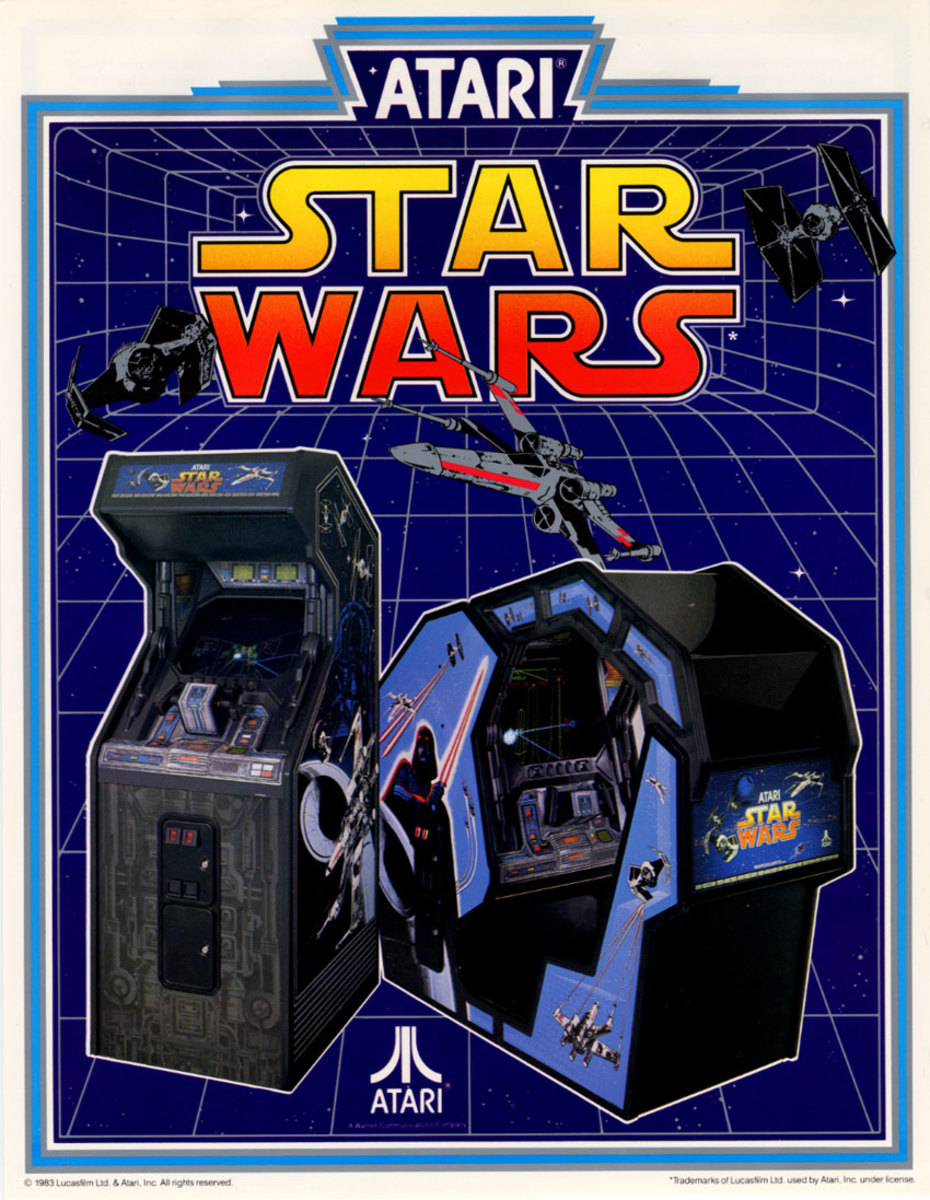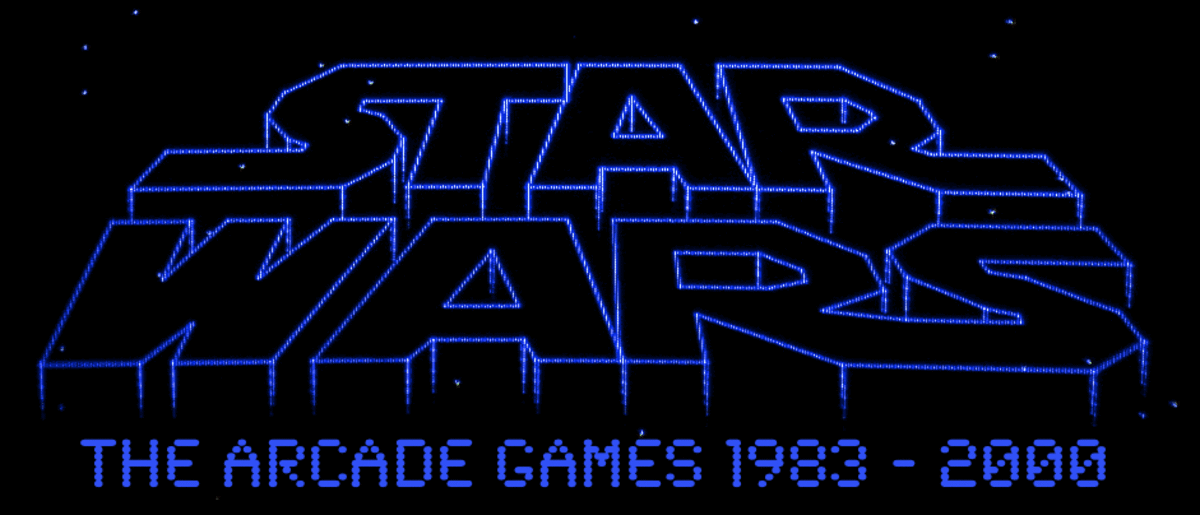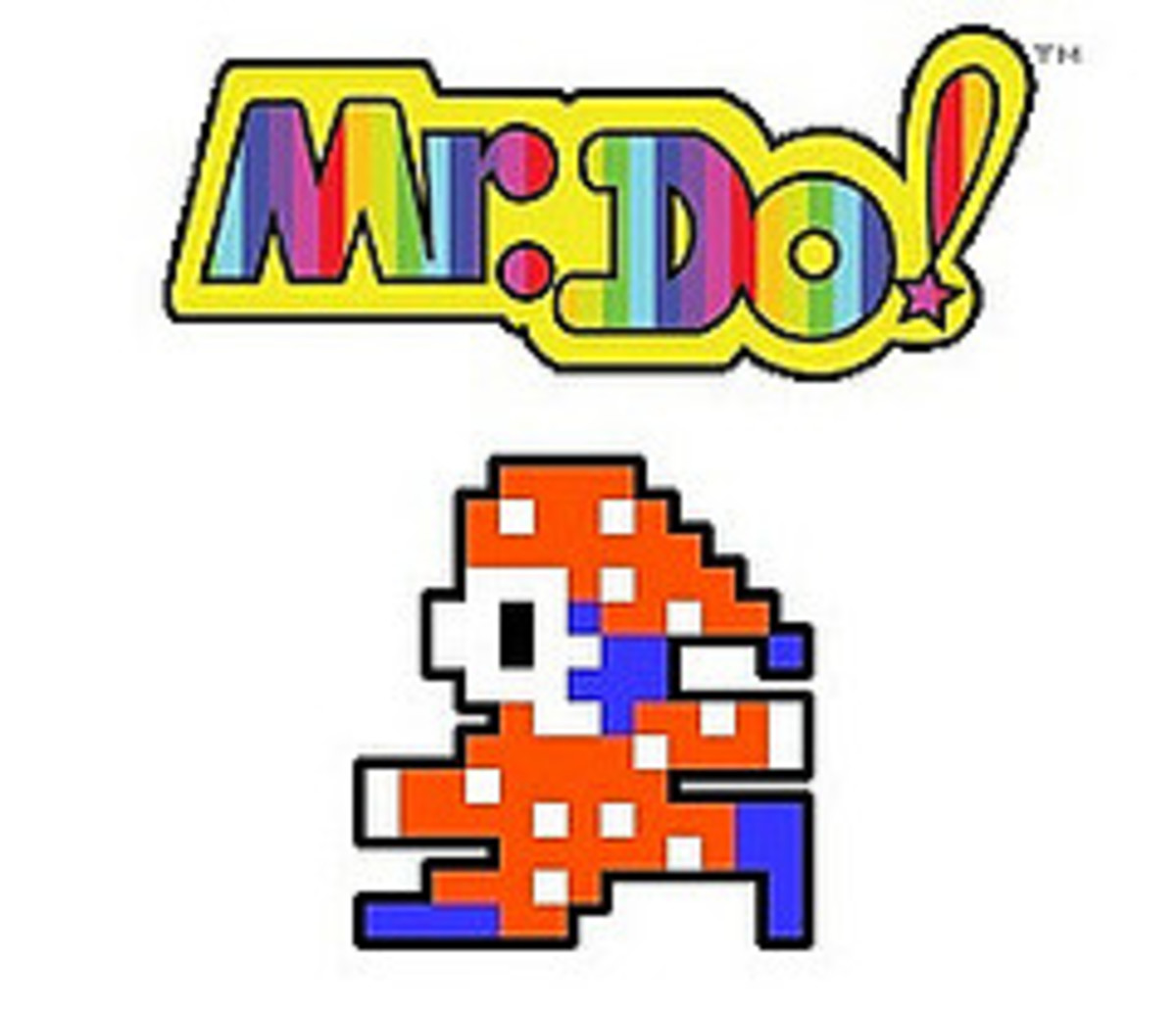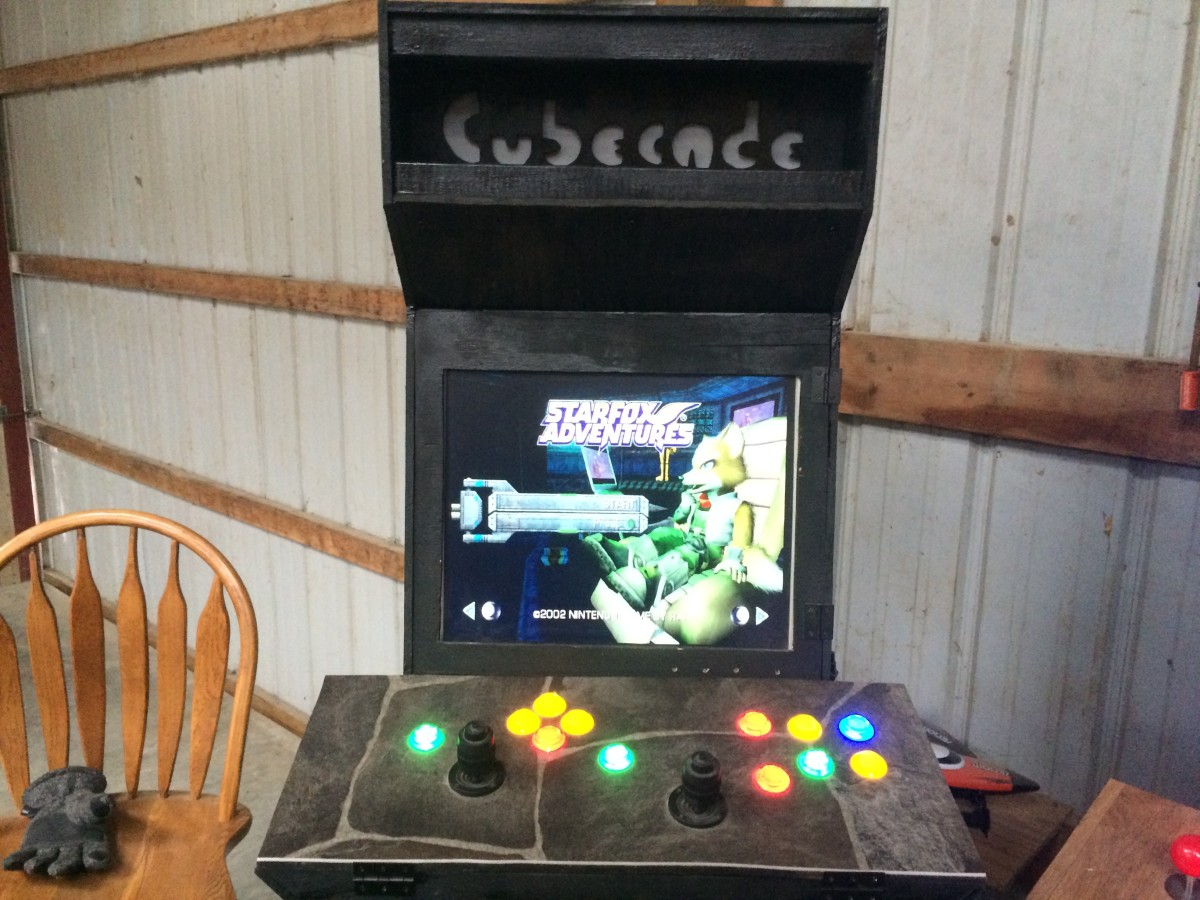A Tribute to Arcade Games

Arcade games rose from humble beginnings to enormous heights of popularity. After a period of decline, they experienced another surge due to the success of “Street Fighter II”, “Mortal Kombat”, and other fighting games. In these eras, arcade games were still more advanced than home systems, offering superior graphics and sound.
Many games would start out in arcades before being released for consoles, in the same way that most films are released theatrically before going to DVD. However, advances in technology have led to a significant – and presumably permanent – decline in the arcade industry. These advancements allowed home consoles to catch up with, and then surpass, arcade games. Online console and computer gaming also began to replace the competitive social atmosphere that lured players to arcades.
Today, traditional arcades are few and far between in most parts of North America. Although some certainly do still exist, they are no longer a common sight in American shopping malls. Here is a look back at some of the classic arcade games and the impacts that they made.
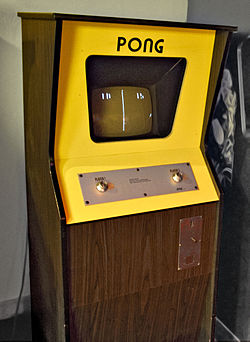
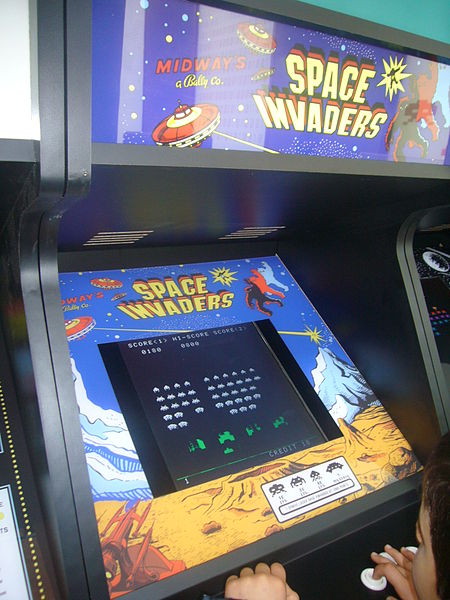
The Early Days
“Pong” was released by Atari in 1972. It was a very simple, yet addictive, simulated tennis game. Its mainstream success led to the release of versions of it on the earliest home console systems.
Slews of clones were created by imitators. Other sports were adapted as well in games such as “Basketball” and “Speed Race”.
Several years later, in 1978, “Space Invaders” became a phenomenal success. Released on the heels of the success of the first “Star Wars” film, “Space Invaders” was a shooting game in which players attempted to blow away hordes of invading aliens with a laser cannon.
The game could continue indefinitely, so the objective was to attain the highest score possible. “Space Invaders” sold hundreds of thousands of units worldwide and helped bring arcade gaming into the mainstream. It is still well known today.
Legions of other shooting games followed, including the popular “Asteroids.” The success of “Space Invaders” began what later became known as the “golden age” of arcade games, an era that lasted until the mid -1980’s.
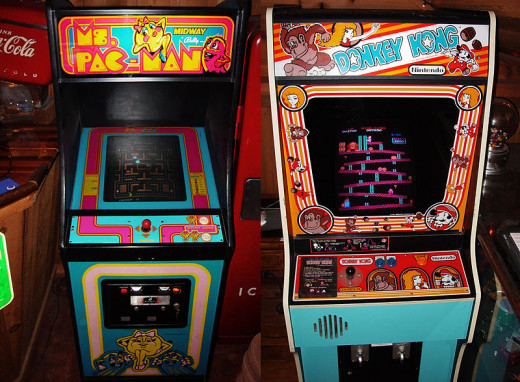

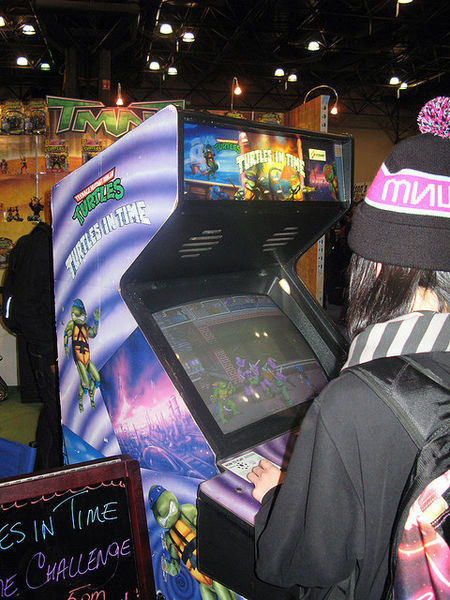
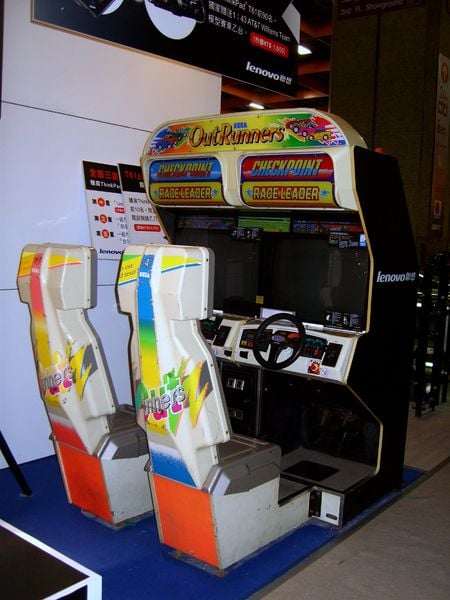
The Golden Age
The original “Pac Man”, produced by Japanese videogame company Namco, first appeared in arcades in 1980. The player controlled Pac Man as he attempted to eat dots and destroy or devour his enemies, a group of flashing ghosts. The game was praised for its innovation in an era where most games were shooters or simplistic sports games. Like “Space Invaders”, “Pac Man” is still well known today. It spawned a long series of sequels, including the popular “Ms. Pac Man”.
“Donkey Kong” (1981) was the next big blockbuster. Players controlled “Jumpman”, a character later known as Mario, as he attempted to save his girlfriend Pauline (Princess Peach didn’t come along until later) from a deranged, barrel throwing ape named Donkey Kong. The game was an attempt by Japanese videogame giant Nintendo to enter the American videogame market. It proved highly successful, creating two characters (Mario and Donkey Kong) that became pop culture icons. Like “Pac Man”, “Donkey Kong” was followed by several sequels and spinoffs.
All of these games had simple concepts (partly because of technological limitations, partly by design) and had straightforward, easy to understand objectives. However, they were also addictive and difficult to master. This blend of characteristics proved to be the perfect formula for success.
Side-scrolling action games also became popular in the late ‘80s and early ‘90s. Titles like “Double Dragon” and the early “Teenage Mutant Ninja Turtles” videogames featured mindless button mashing fun as players fought their way through endless hordes of enemies.
Racing games became common as well. They often allowed gamers to play in a seated position and control their on-screen vehicle using a steering wheel, stimulating an actual driving experience. I remember playing games such as these as a kid, before I learned how to drive. After smashing into everything in sight, other players would shake their heads and make dire predictions about my future driving abilities. Luckily, I’m a much safer driver in real life.
As the ‘80s progressed, the arcade market became saturated by sequels and rip-offs of popular titles. Innovation was scarce, although “Dragon Slayer”, a game featuring full motion animation, was one notable exception. The success of the Nintendo Entertainment System (NES) gave many players a reason to stay home. It seemed as if consoles were going to doom arcade games to an early demise.
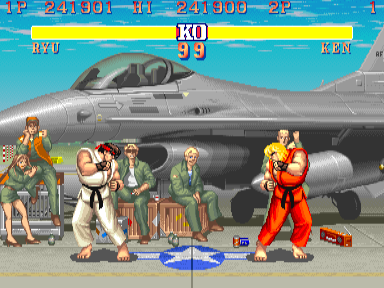
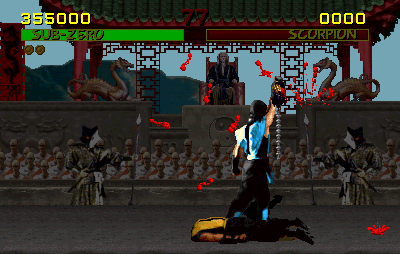
Fighting Games
Arcades were jolted back to life in 1991 with the release of Capcom’s “Street Fighter II: The World Warrior”. The game featured a roster of eight different characters hailing from nations across the world. They competed with each other in an international tournament to determine a champion. Players were able to choose any of the characters and the two player mode allowed players to complete directly against one another. The previous games on this list were either single player endeavors where the objective was to attain a high score or multiplayer games where players worked cooperatively to defeat a common enemy. Instead, “Street Fighter II” promoted competition between players. Gamers wanted to beat their friends with their favorite character. Capcom released several subsequent versions, including “Street Fighter II: Championship Edition”, “Street Fighter II Turbo”, “Super Street Fighter II” and “Super Street Fighter II Turbo”. Their apparent reluctance to release a full-fledged sequel led to jokes that Capcom didn’t know how to count to three (a “Street Fighter III” was finally released in 1997 but did not match its predecessors success).
The original “Mortal Kombat” became a sensation after it was released in 1992. It was released by Midway, a software company that released several very successful arcade games in the ‘80s, and ‘90s, including “Ms. Pac Man”, “NBA Jam”, and “NFL Blitz” (Midway filed for bankruptcy in 2009). Like “Street Fighter II”, players chose a warrior and then entered a tournament to compete against other foes. “Mortal Kombat” quickly became controversial due to its extreme violence. Its over the top finishing moves, known as fatalities, caused consternation among parents and even members of Congress. The uproar over its violence helped lead to the creation of the videogame rating system. “Mortal Kombat II”, released in 1993, was just as violent as its predecessor but also mockingly responded to its detractors with “friendship” finishing moves. “MKII” was overwhelmingly regarded as superior to the original, and became phenomenally successful. Further sequels followed.
Fighting games had flooded arcades by the mid-90’s. “Killer Instinct”, “Virtua Fighter”, “Tekken”, and “Primal Rage” were just a small sample of the games that were released during this time. This was the era of my teenage years, and I remember it well. Eventually, of course, most gamers grew tired of this concept and moved on to other genres. Fighting games’ popularity had mostly faded by the late ‘90s.

Decline
By the beginning of the 21st century, arcades were dying out. The more sophisticated console and computer games became, the less motivated players were to visit their local arcades. Thousands of them closed their doors forever during this time period.
Old fashioned arcades had a special atmosphere that other venues could not duplicate. When they were jammed with people, arcades were filled with the sounds of jangling coins, bombastic sound effects, and players furiously smashing buttons as hard as they could. While home consoles were able to catch up to arcades technologically, a certain intangible quality was lost in the process.
While the halcyon days of the traditional arcade have passed into history, arcade cabinets can still often be found in movie theater lobbies, bowling alleys, and pizza joints like Chuck E Cheese. If you are an arcade aficionado and are lucky enough to have a traditional arcade in your area, it’s probably a good idea to spend as much time there as you can. You never know when it’s going to shut its doors for the last time.

